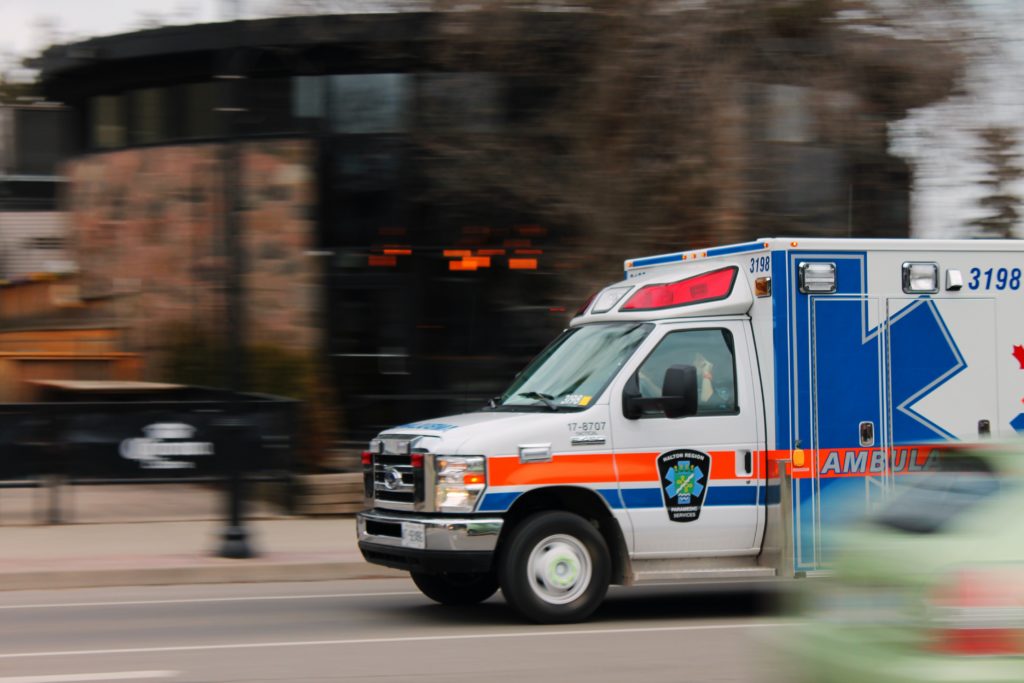The Drug Enforcement Administration, or DEA, and other U.S. law enforcement agencies face a growing challenge in preventing street opioids, or counterfeit opioids, from pouring into the U.S. from Mexico, China and Canada.
Fentanyl is an opioid 50 to 100 times more potent than morphine and up to 50 times stronger than heroin. Although fentanyl is used in medical settings to treat chronic, severe pain, it is also showing up on streets around the country.
Exposure to even trace amounts of fentanyl can cause overdose and even death. Unfortunately, hundreds of thousands of counterfeit opioids containing fentanyl are illegally flowing into the United States from other countries.
Many people take counterfeit opioids thinking they are taking oxycodone, unaware that they are consuming lethal amounts of fentanyl.
What Is Counterfeit Medicine?
Counterfeit medicine is fake medicine that may be contaminated. It may contain the wrong active ingredient or have the right one in an incorrect quantity. Some counterfeit drugs may not contain any active ingredient.
Counterfeit medicine is illegal and may be harmful to your health. As fake pills closely resemble their genuine counterparts, many consumers believe them to be legitimate medications.
Fake oxycodone and other counterfeit pills may be formulated incorrectly, and they are often:
- Produced in substandard conditions
- Labeled incorrectly
- Made with a dangerous, unapproved drug
Approximately 80% of counterfeit drugs come from overseas, and many are manufactured in Mexico, India and China.
What Are Counterfeit Opioids?
Counterfeit opioids are pills made by spurious organizations. These fake pills are stolen, not prescribed or resold from verified pharmaceutical companies. In essence, counterfeit opioids are made to look like genuine prescription medications.
What Are the Dangers of Street Opioids?
In 2018, the DEA seized record amounts of fentanyl pouring in the U.S. from across the Mexican border and contributing to the existing opioid epidemic. Counterfeit medications represented a significant portion of the capture.
The dangers of street opioids are multifold:
- Inactive ingredients added to counterfeit medicines can consist of flour, sugar, talcum powder, acetaminophen, gypsum and chalk.
- Any component — including other potent pharmaceuticals, poisonous constituents, designer drugs or dangerous chemicals concocted in an illegal laboratory — can be added as well.
- Street opioids can be fatal due to possible drug interactions or inadequate or excessive amounts of certain substances.
How Can I Protect Myself From Counterfeit Opioids?
To protect yourself against counterfeit opioids:
- If using an online pharmacy, make sure it has a legitimate U.S. phone number, pharmacist and street address.
- Check with the National Boards of Pharmacy, which maintains lists of verified online pharmacies.
- Consult the FDA for signs of a safe online pharmacy.
- Don’t buy opioids from sites that sell medications without a prescription.
Lower Your Risk by Buying Your Medicine From a Registered Pharmacy
Lower your risk of consuming counterfeit opioids by purchasing your medication from a registered pharmacy. Always talk to your pharmacist or doctor if you have concerns about a medicine you are buying.
If you need help recovering from opioid addiction or are considering methadone maintenance, know that Health Care Resource Centers can help. Find an HCRC clinic near you or contact us online to learn more about the risks of fake oxycodone and counterfeit opioids.




